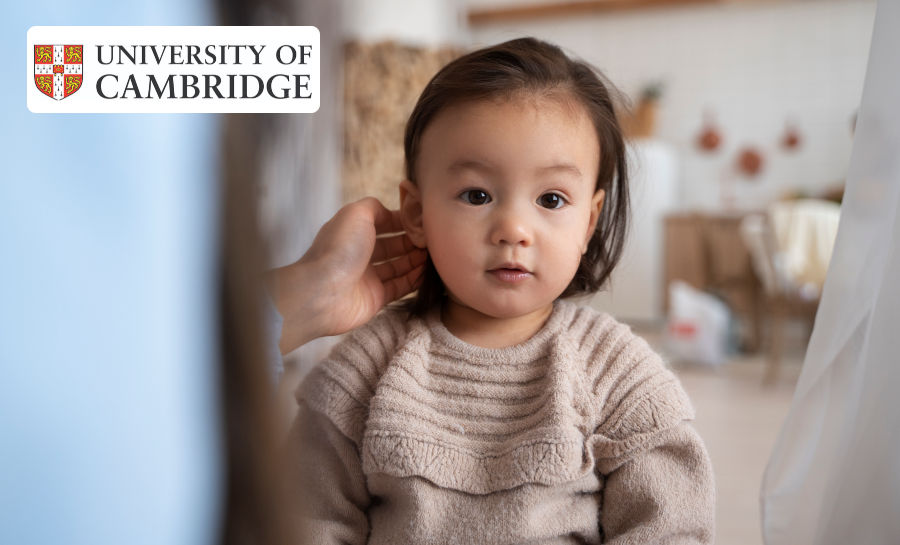
Breakthrough Gene Therapy Restores Hearing in Toddler: A New Era for Treating Deafness
Groundbreaking Clinical Trial Leads to Success in Hearing Restoration for UK Child
NEWS Science May 10, 2024 Reading time: 2 Minute(s)
In a remarkable medical breakthrough, an 18-month-old British toddler, Opal Sandy, heard sound for the first time in her life. Born with auditory neuropathy—a condition that disrupts nerve impulses from the inner ear to the brain—Opal had been unable to hear anything since birth. However, a clinical trial led by the University of Cambridge and involving a pioneering gene therapy treatment, DB-OTO, has changed her life and opened new possibilities for treating deafness.
The Groundbreaking Treatment: Gene Therapy for Auditory Neuropathy
The condition that Opal was diagnosed with is associated with mutations in the OTOF gene, which encodes a protein called otoferlin. This protein is crucial for transmitting signals from the ear to the brain. .jpg) Without it, auditory communication is disrupted, leading to profound hearing loss. The experimental gene therapy DB-OTO, developed by biotech company Regeneron, was designed to deliver a working version of the OTOF gene directly to the inner ear.
Without it, auditory communication is disrupted, leading to profound hearing loss. The experimental gene therapy DB-OTO, developed by biotech company Regeneron, was designed to deliver a working version of the OTOF gene directly to the inner ear.
According to the University of Cambridge, the procedure involves an injection of DB-OTO into the ear, during a surgical operation under general anesthesia. This approach is similar to established cochlear implant surgery, which has been used since the 1960s to treat deafness in infants. The ongoing trial aims to test different doses of DB-OTO in up to 18 children aged 24 months or younger to evaluate its efficacy and safety.
Success in Restoring Hearing
Opal's procedure took only 16 minutes, and the results were nothing short of astounding. The Guardian reported that the toddler now hears "almost perfectly", a remarkable transformation from complete silence to a world filled with sound. Not long after, a second child underwent the same treatment, with equally positive results.
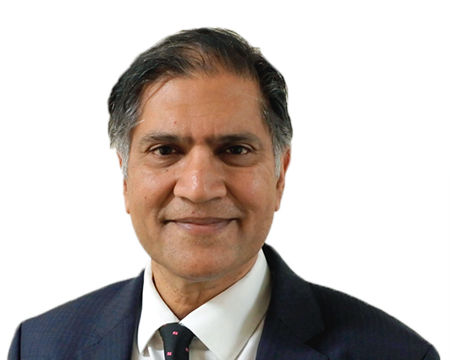 Professor Manohar Bance, an ear surgeon and chief investigator for the trial, expressed his excitement over the early outcomes. He noted that the success exceeded his expectations, stating that it "marks a new era in the treatment for deafness."
Professor Manohar Bance, an ear surgeon and chief investigator for the trial, expressed his excitement over the early outcomes. He noted that the success exceeded his expectations, stating that it "marks a new era in the treatment for deafness."
A New Horizon for Deafness Treatment
While Opal's story is inspiring, it's also a significant milestone in medical research. The success of DB-OTO underscores the potential of gene therapy to address conditions that were previously considered incurable. It's a leap forward for the field of audiology and offers hope to families affected by auditory neuropathy and other forms of hearing loss.
Beyond gene therapy, other cutting-edge technologies, like brain-computer interfaces (BCIs), are being explored to address severe medical conditions. As science and technology continue to evolve, so does our ability to treat and even cure conditions that once seemed untouchable. Opal Sandy's story serves as a beacon of hope, illustrating the transformative power of medical innovation.
IMAGES CREDITS: REGENERON | UNIVERSITY OF CAMBRIDGE | COVER IMAGE BY FREEPIK / REVIEW SPACE
gene therapy auditory neuropathy Regeneron University of Cambridge DB-OTO hearing restoration clinical trials cochlear implants Science News RSMax
*Our pages may contain affiliate links. If you buy something via one of our affiliate links, Review Space may earn a commission. Thanks for your support!
CATEGORIES




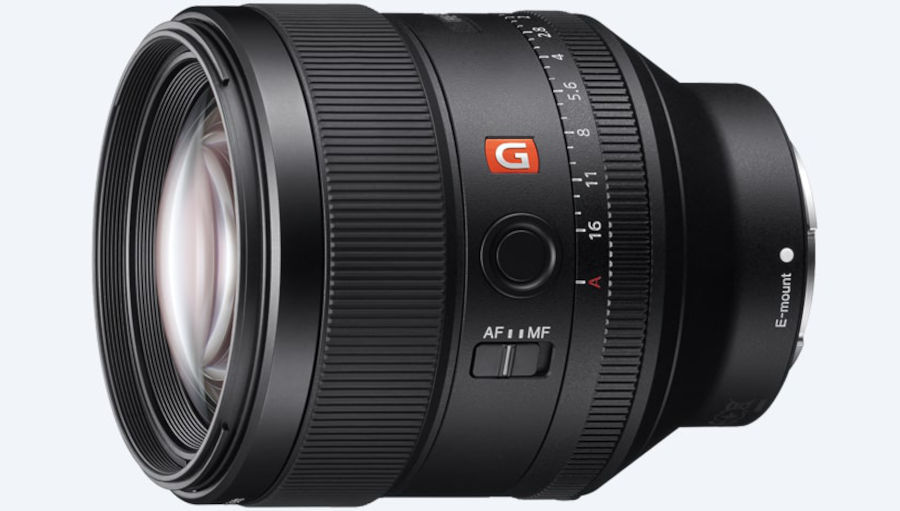




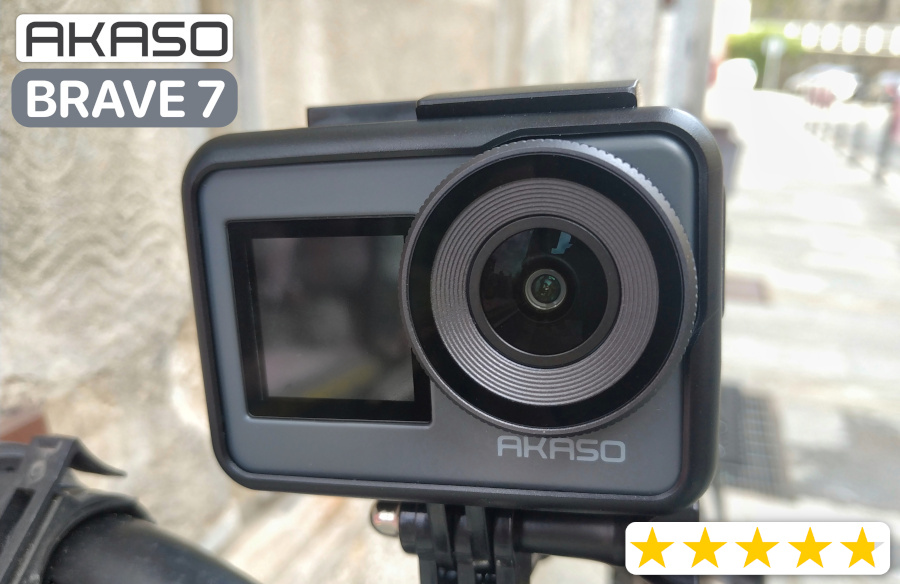



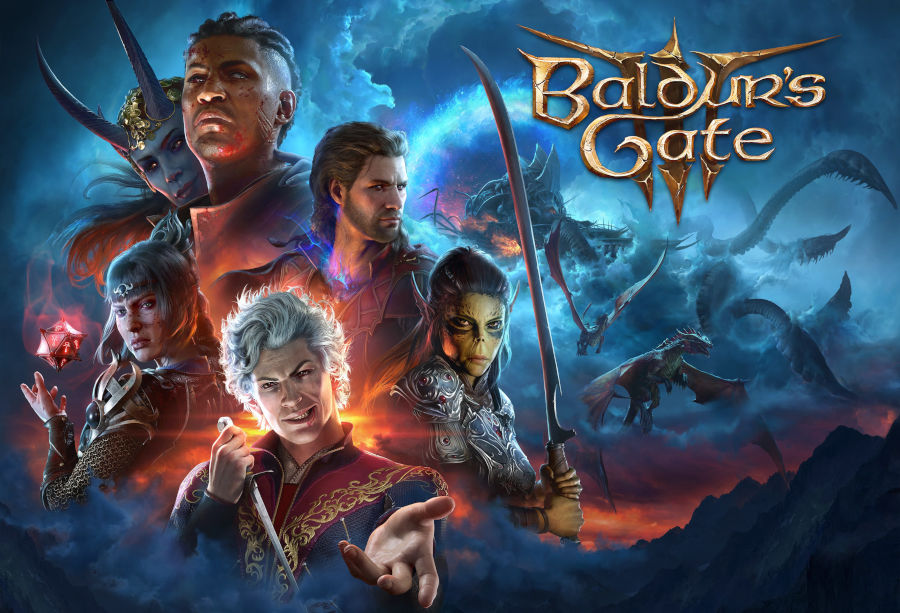
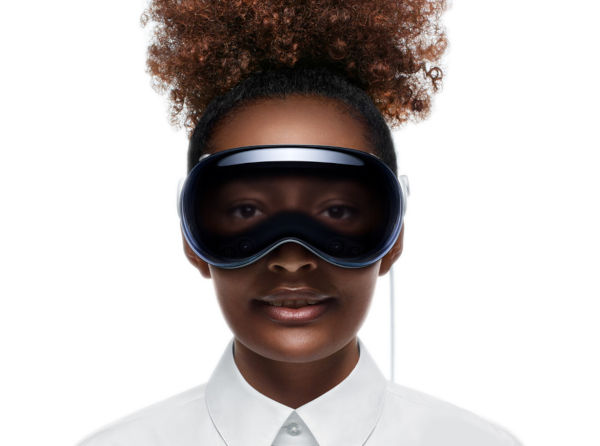




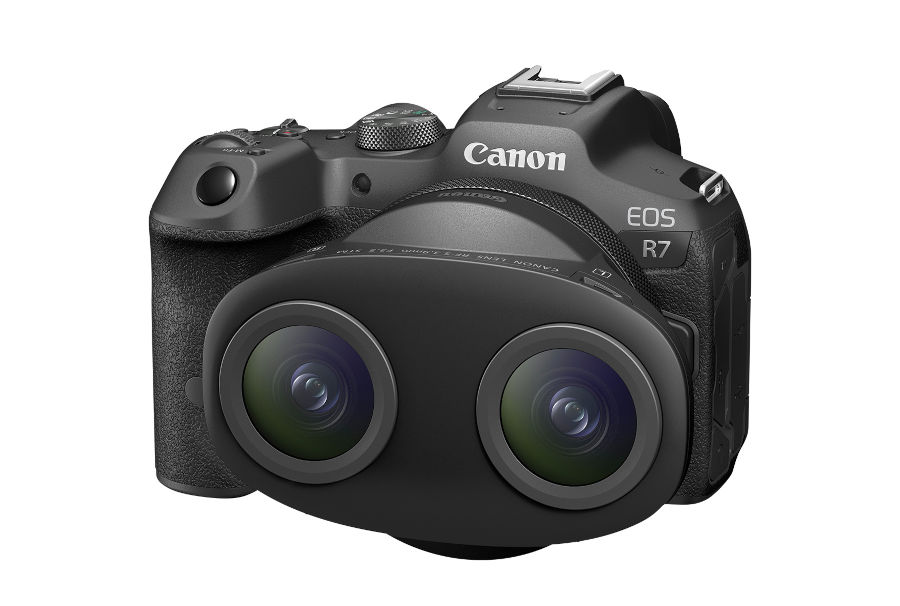
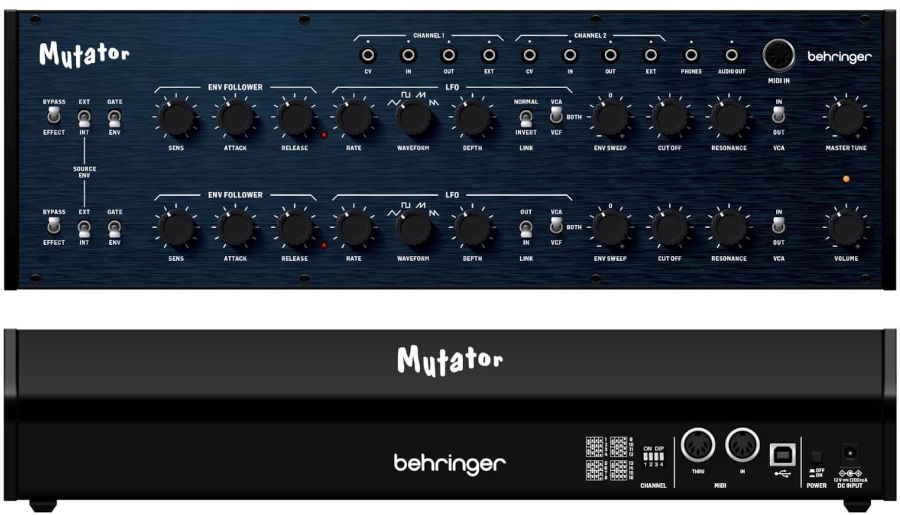


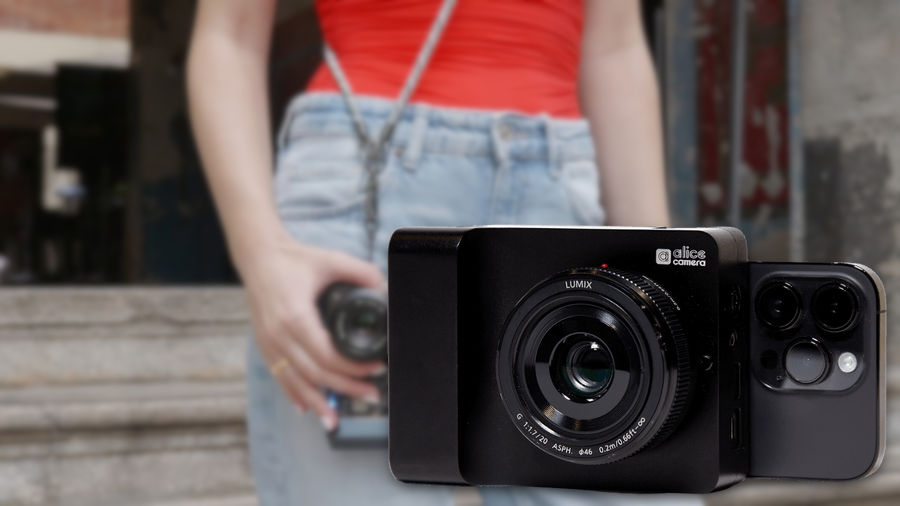
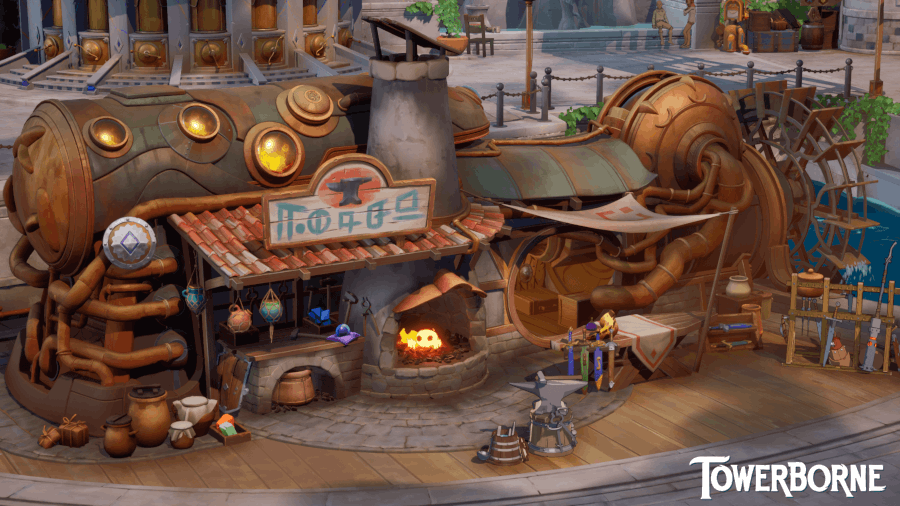
COMMENTS